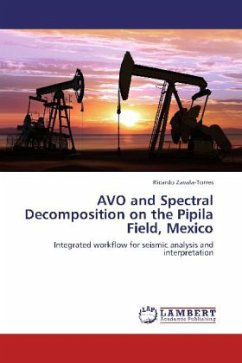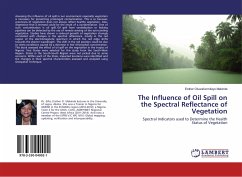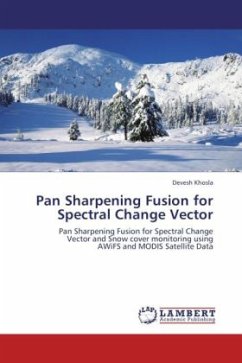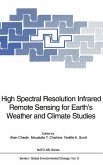AVO (amplitude-variation-with-offset) and Spectral Decomposition techniques were used together to enhance the difference between the gas sands and wet sands. The conditioning of the CDP gathers to preserve the amplitude was driven by the creation of the synthetic gathers in order to identify the type of AVO anomaly present. The CDP gathers then, were used in conjunction with the conditioned RMS velocity field, to produce the Intercept and Gradient AVO attributes and finally create their corresponding frequency gathers with the use of the spectral decomposition. The frequency gathers generated with the Intercept and the Gradient from the well logs were compared against the frequency gathers Intercept and Gradient from the seismic. This comparison led to an understanding of how the technique could be used in areas where there is no well control. This work emphasizes the importance of modeling and early identification of the AVO anomaly type and analysis.








